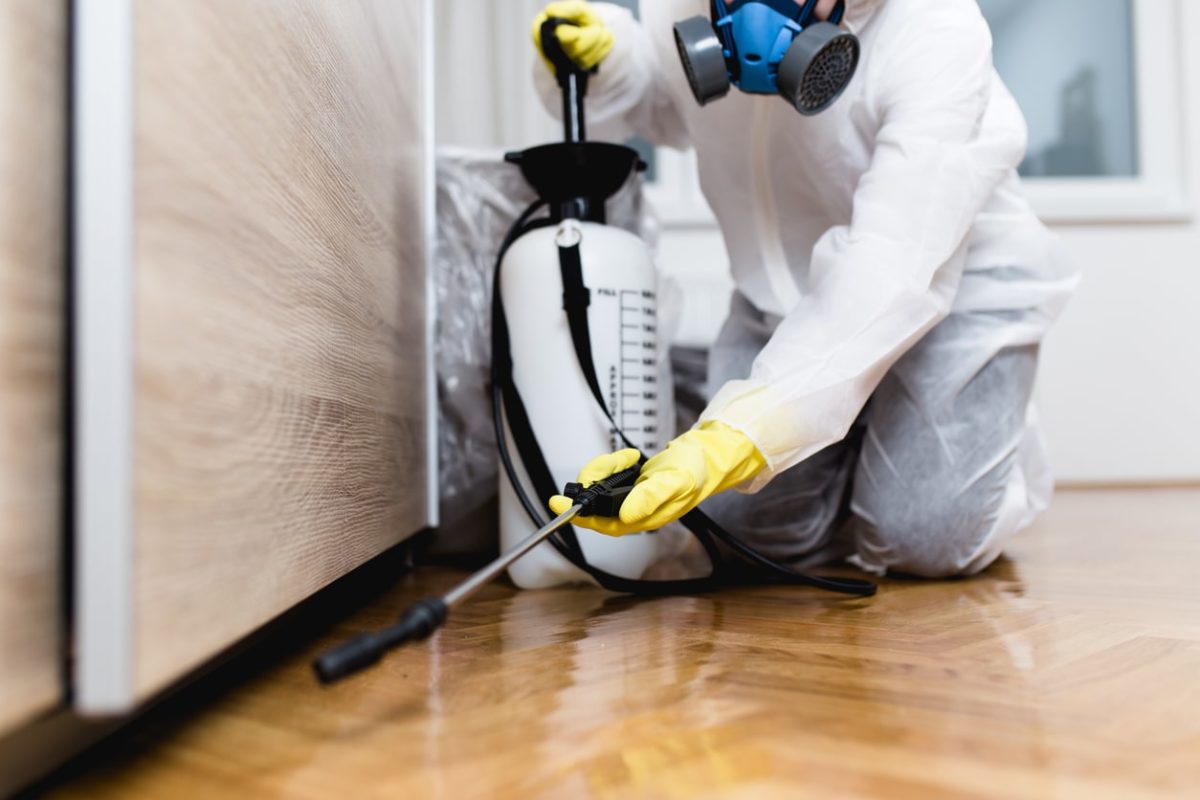Checking Out Infestation and Therapy Techniques in the World of Bug Control
The landscape of bug control encompasses a myriad of challenges, especially as infestations of usual home pests remain to develop. Recognizing the habits and reproductive patterns of these nuisances is critical for establishing effective therapy techniques. By incorporating precautionary measures with sophisticated management strategies, such as Integrated Pest Monitoring (IPM), property owners can better guard their atmospheres. The performance of these techniques may vary considerably based on details circumstances. What hidden factors contribute to the success or failure of these approaches in different settings?

Typical Family Vermin
When it involves handling our home, understanding common home insects is important. These bugs not just interrupt our convenience yet can additionally pose health risks and damage residential or commercial property. The most common family parasites consist of ants, roaches, rats, termites, and bed pests.
Ants, usually seen foraging in cooking areas, can contaminate food and develop large nests. Roaches, recognized for their strength, can cause allergic reactions and spread virus. Rats, consisting of computer mice and rats, can trigger structural damages and bring illness like hantavirus and salmonella. Termites, commonly described as "quiet destroyers," can endanger the honesty of wooden structures, leading to pricey repairs. Bed pests, although not illness carriers, can create considerable discomfort via their attacks and result in psychological distress.
Acknowledging the signs of these parasites, such as droppings, nests, or bite marks, is essential for very early intervention (Pest Control Lockhart). Correct sanitation techniques, sealing access points, and keeping a clutter-free environment work preventative steps. By identifying these typical house bugs and understanding their habits, homeowners can take aggressive steps to alleviate infestations, making sure a healthier living atmosphere
Recognizing Insect Infestations
Parasite infestations can intensify quickly, transforming a minor inconvenience into a significant trouble otherwise dealt with immediately. Recognizing the nature of these invasions is essential for reliable management. Insects can attack residential and commercial areas for numerous factors, including the search for food, shelter, or reproducing premises. Usual factors contributing to invasions consist of inadequate hygiene, structural vulnerabilities, and seasonal modifications that drive pests inside your home.
Determining the type of insect is vital, as various types exhibit varied behaviors and reproductive rates. Rats may develop nests in covert areas while insects like cockroaches thrive in wet settings. Early discovery commonly pivots on identifying indications such as droppings, chomp marks, or unusual audios, which can show an issue before it becomes severe.
Cozy, humid environments can facilitate the fast development of pest populations, while adjustments in landscaping or building can accidentally create favorable environments. An educated strategy to comprehending these dynamics lays the foundation for efficient bug administration strategies in the future.
Therapy Techniques and Methods
Reliable therapy methods and methods are necessary for mitigating insect invasions and recovering a secure environment. A multifaceted method is click commonly best, including chemical, organic, and mechanical strategies tailored to the particular insect and the intensity of the invasion.
Chemical therapies consist of using pesticides and herbicides, which can properly remove pests. However, proper application and adherence to safety guidelines are essential to reduce dangers to people and non-target organisms. Integrated Bug Administration (IPM) motivates the sensible use chemicals as a last option, depending instead on tracking and threshold levels to identify intervention requirements.
Organic control approaches entail presenting natural killers or parasites to reduce pest populaces. This method is increasingly preferred, especially in agricultural setups, as it promotes environmental sustainability.
Mechanical approaches, such as traps and obstacles, offer prompt remedy for pests without presenting chemicals. Options consist of sticky traps for check out this site pests or physical barriers for rats.
Ultimately, the option of treatment technique should think about the specific bug, the setting, and potential influences on human health and ecological communities. A balanced mix of these strategies can successfully take care of infestations while advertising lasting insect control options.
Preventive Steps for Residence
Proactively addressing bug concerns before they intensify is essential for maintaining a healthy home atmosphere (Pest Control Lockhart). Applying effective safety nets can significantly decrease the probability of problems, inevitably protecting both your property and wellness

Proper landscape design also plays a vital duty in prevention. Keeping shrubs and trees cut away from your home reduces the possibilities of parasites locating their means inside your home. Furthermore, ensure that water drainage systems are operating effectively to stop standing water, which can attract mosquitoes and various other bugs.
Lastly, regular assessments are recommended. Routinely looking for indications of insect activity permits early intervention. By taking on these safety nets, home owners can produce an environment that is much less welcoming to insects, thereby boosting their general quality of life and lowering the requirement for extensive parasite control treatments.
Commercial Bug Control Techniques
A comprehensive technique to commercial parasite control is vital for businesses intending to maintain a secure and hygienic setting. Efficient strategies entail a combination of normal assessments, staff member training, and the application of Integrated Pest Administration (IPM) practices.
Routine examinations allow very early detection of bug activity, permitting for timely treatment. Businesses should create a routine schedule for these evaluations, concentrating on high-risk locations such as kitchen areas, storage space rooms, and waste disposal sites. Employee training is similarly essential; personnel needs to be educated on the indications of bug problems and the importance of reporting them instantly.
Carrying out IPM techniques helps reduce insect problems sustainably. This consists of environment alteration, such as securing access points and reducing clutter, as well as utilizing natural deterrents before turning to chemical treatments.

Additionally, working together with an accredited bug control provider ensures access to expert knowledge and innovative therapy alternatives. This collaboration can cause my sources personalized bug control prepares tailored to the specific needs of business, decreasing threats and improving general effectiveness. Ultimately, a proactive and enlightened technique promotes a pest-free atmosphere, protecting both public health and organization online reputation.
Verdict
In conclusion, efficient pest control requires a thorough understanding of common family pests and their habits, paired with targeted treatment techniques. Applying preventive procedures along with treatment techniques such as Integrated Parasite Management and biological control improves the capacity to mitigate infestations.
 Jaleel White Then & Now!
Jaleel White Then & Now! Macaulay Culkin Then & Now!
Macaulay Culkin Then & Now! Richard Thomas Then & Now!
Richard Thomas Then & Now! Heather Locklear Then & Now!
Heather Locklear Then & Now! Catherine Bach Then & Now!
Catherine Bach Then & Now!